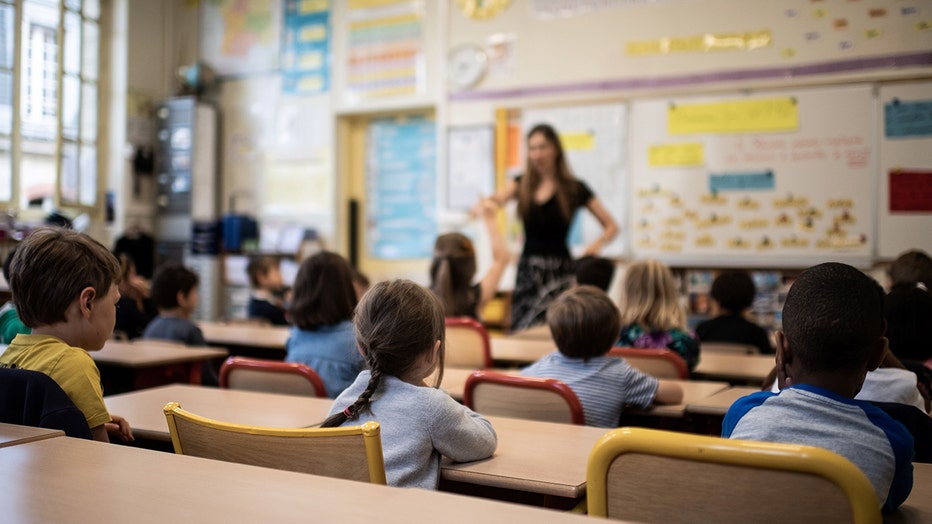‘Back to school’ starts from July to after Labor Day, depending on where in US you live
About 70% of public school students in the United States are now back in classrooms, according to a new Pew Research Center analysis. But, depending on where you live, your reaction may be, "Already?"
The data company analyzed more than 1,500 public school districts and found that there are substantial regional variations in when students start and end their summer vacations.
For most U.S. K-12 students, a school year runs for about 180 days, spread over roughly 10 months with a long summer vacation.
School starts early in South, late in Northeast
Pew Research found that school tends to start earlier in southern regions. More than two-thirds of students in the U.S. Census Bureau’s East South Central division – Alabama, Kentucky, Mississippi and Tennessee – went back to school the week of Aug. 7. They joined another 19% of students who started classes even earlier.
Contrastingly, in the six New England states, almost no one goes back to school prior to the week of Aug. 28. Furthermore, in the middle Atlantic states – New Jersey, New York and Pennsylvania – about three-fourths of students won’t hit hte books until after Labor Day, which falls on Sept. 4 this year.
Why do school start dates vary so much?
While geographic variations in start dates are fairly apparent, the reasons for them are less clear.
But, state laws certainly play a part.

Children listen to teacher in classroom. (MARTIN BUREAU/AFP via Getty Images)
In fact, Minnesota law requires schools to start after Labor Day in most cases, and the vast majority of sampled Minnesota districts will go back after the holiday.
RELATED: Target, Walmart announce back-to-school deals for teachers, students
According to data from the Education Commission of the States and individual state education agencies, 16 states establish windows, either by statute or rule, for when school must start, But even in those states, the rules are fairly loose – merely requiring school to start before or after a certain date – and waivers for individual districts are not uncommon.
Pew Reseach said school start dates could vary even more in the future with climate change.
Some education experts predict hotter temperatures may force districts to adjust their start dates or times, especially in places like the Southwest, if schools can’t update air conditioning systems or make other accommodations.
This story was reported from Los Angeles.

